Shatush and balayazh: what's the difference?
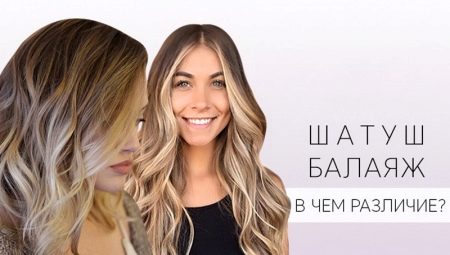
At the moment, there are a fairly large number of very different hair coloring techniques. Thanks to this, in each case, you can achieve different results and visual effects. Hair dyeing options can be partial, solid, with a smooth color transition. Therefore, the fair sex has a wide choice when creating their image. This article will describe dyeing techniques called shatush and balayazh.
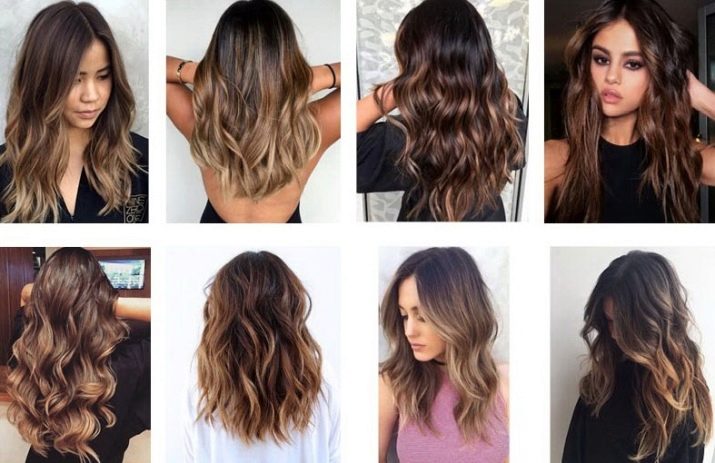
What it is?
At first glance, without delving into the essence of these two staining methods, it may seem that they are almost the same. But in order to still understand their features, each of them should be considered in more detail.
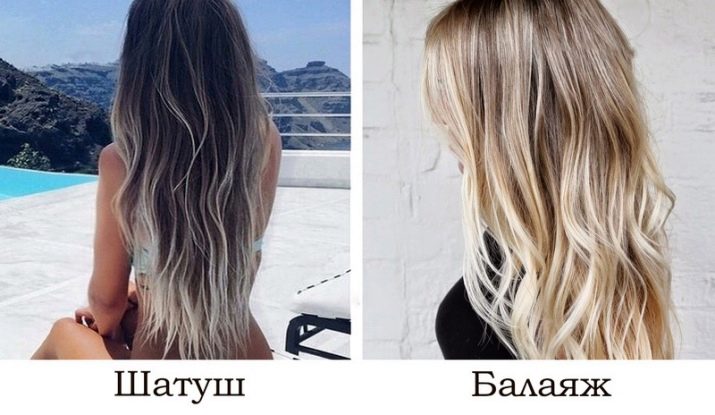
Shatush
This method of hair dyeing is based on French highlighting. The task of the master is to create a visual effect of naturally burnt strands. Therefore, the color smoothly transitions from dark to light. More the front hair is intensely lightenedframing the face.
During the procedure, it is applied not less than 3-4 shades coloring composition. The hair divided into strands is dyed selectively. In this case, the master does not use foil, so the applied coloring composition can easily come into contact with neighboring curls. It is due to this technique that it creates the most smooth and natural overflow between shades.
Shatush can be done with or without fleece... The first option is the most common. Before applying dye to the hair, the master combs individual curls, then covers them with a dye composition.
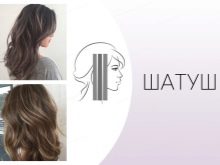
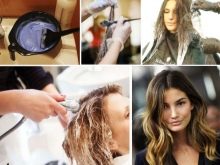
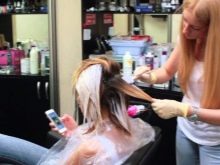
The second method is without fleece, it is much more difficult to implement.At home, without proper skill, this is simply impossible. And not every master in the salon will be able to make high-quality shatush without combing strands. Keep this in mind when choosing a painting method.
Shatush looks best on dark or dark blond hair length from the shoulders and below. On a short haircut, the effect of overflowing shades will be almost invisible, or the master simply will not be able to make smooth transitions due to the limited length of the hair. And for a light hairstyle it is very difficult to choose 3-4 shades that will be noticeable, that is, lighter than the main ones. Alternatively, the master may suggest that you darken the hair in the root zone.
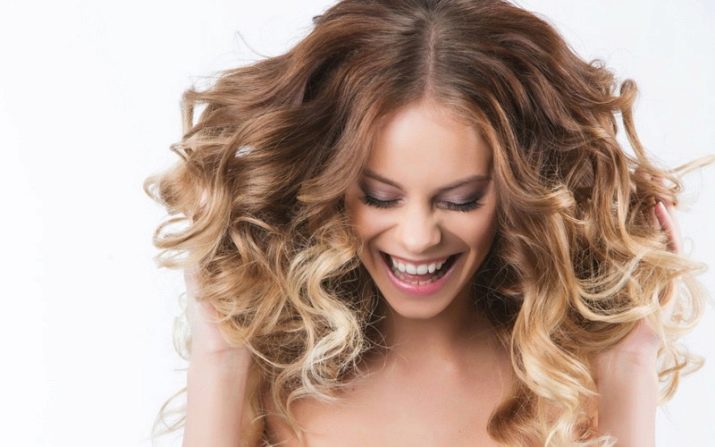
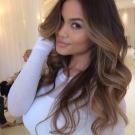
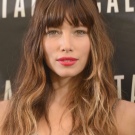
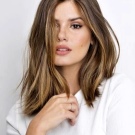
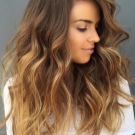
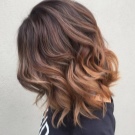
The advantages of the shatush technique.
- Due to the fact that at the very roots the hair is not dyed at all, and the color transition usually begins 2-3 centimeters below the base, the hairstyle does not need frequent coloring.
- Shatush looks very natural when masking gray hair and individual graying.
- Staining with this method visually gives splendor and volume loose hair, even rather thin and not thick.
- Clarification by shatush technique can be used on all dark and light brown shades hair. Coloring of sand and gold is also possible.
- The method can be applied both on straight and wavy, curly and curly hair.
- There is no need in the application of coloring.
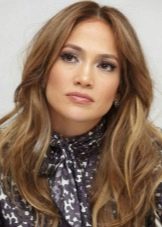
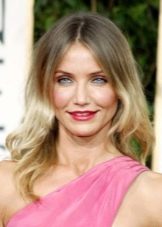
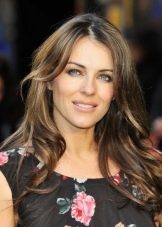
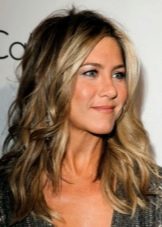
Celebrities periodically used this method of lightening Jennifer Lopez, Cameron Diaz, Elizabeth Hurley, Jennifer Aniston.
Performing clarification using the shatush technique.
- With a comb a neat strand 1.5-2 cm wide is separated. The rest of the hair, so as not to interfere, is pinned with clips.
- The detached strand comb well with a fine-toothed comb. In the same way, comb all the hairs, first separating them.
- Coloring composition applied to the uppermost layer of hair, but not from the roots, but slightly below.
- Without using foil and other devices, wait for the right time with open hair.
- After expiration the time period specified by the manufacturer, wash it off.
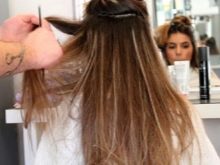
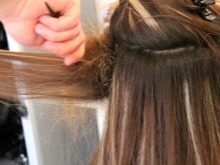
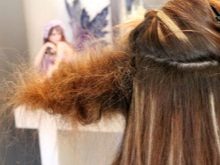
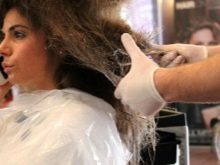
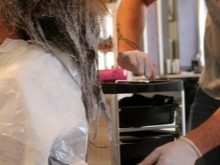
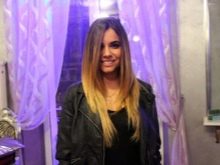
Balayazh
The word that became the name of this staining technique is translated from French as the verb "revenge". This term can denote the basic technique of the wizard when applying paint. A brush with a composition, as it were, sweeps the hair, leaving a specific mark on it. Thanks to this technique, color transitions become as smooth as possible, barely noticeable.
As in the above brightening method, during operation no foil or film used... The paint works outdoors. However, this technique is applied not only to light shades. Any color can be used for painting, including bright and unnatural ones.
Hair is processed approximately from the middle of the length, sometimes from the lower third... The master applies 2-3 shades. Balayazh looks best when playing with natural shades of hair. Therefore, this method is more often used on dark and light brown hair. However, there are no direct restrictions on hair color for using the balayage method.
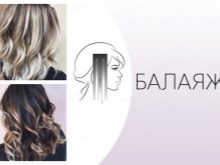
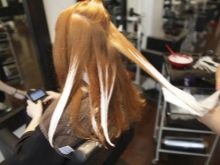
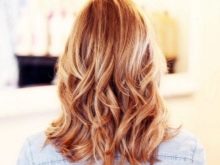
This technique can be used to color hair of any hardness, thickness and density. The optimal length is below the shoulders.
There are several subspecies of balayage that give slightly different visual results.
- Coloring only the very tips. Thus, the effect of even asymmetry is created.
- Dyeing most of the hair... The front curls are completely tinted, the rest are only selectively. In this case, the shades are close to the base hair color.
- Medium toning. The strands are dyed selectively over the entire head.
- Master can apply paint T-shaped or W-shaped.
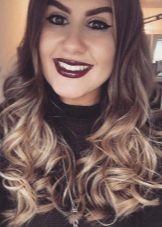
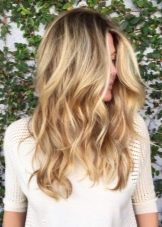
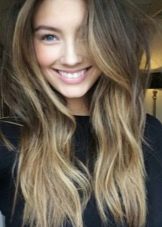
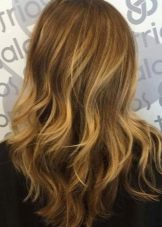
The advantages of this staining method.
- Does not require a radical change in hair color. Well imitates the play of natural shades.
- Dyed hair no color correction required.
- The toning method can be applied on hair of any shades, from the darkest to the lightest.
- This method can be used to paint hair of any type and structure.
- Suitable for concealing gray hair, while it does not require a radical change of the image.
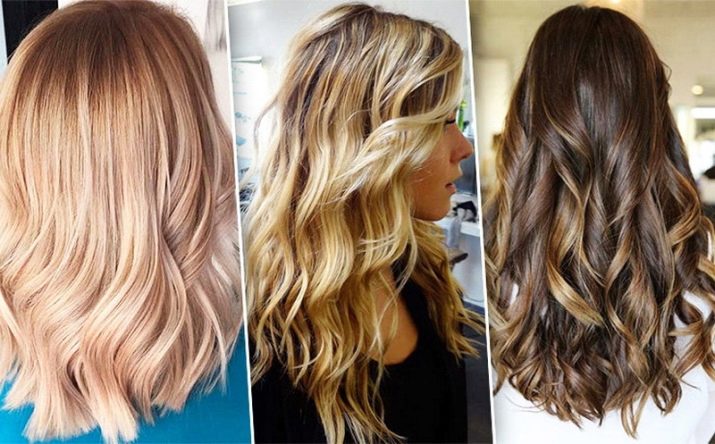
Among the disadvantages of the balayazh technique, one can single out it relative high cost... The application of the coloring composition is quite laborious and requires skill. You should seriously approach the choice of a specialist to whom you want to entrust the staining. Famous women who have repeatedly shown themselves in front of cameras with this balayage technique on their hair are Jessica Alba, Sarah Jessica Parker, Jennifer Lawrence, singer Rihanna, Gisele Bundchen.


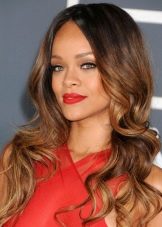
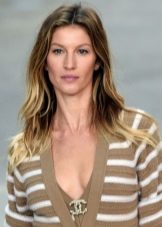
Performing toning.
- A narrow strand of hair is detached. The brush makes light sweeping strokes on the curls.
- The strand remains open. After that, the next curl is processed.
- After applying paint for the required number of curls, the composition lasts for the required period of time.
- The paint is washed off.
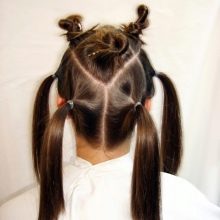
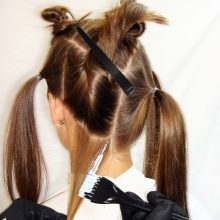
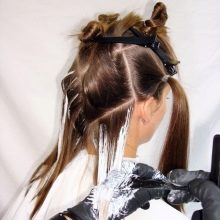
What is the difference between them?
It is difficult to say which of the above two staining techniques is better. They create a slightly different effect, so when choosing, you should be guided by what image and hairstyle you want to get in the end.
- Balayazh is different higher price for the staining service. But this is due to the laboriousness of this technique and the laboriousness of applying paint.
- There is also a difference in hair length, on which these techniques look the most advantageous. Here the shatush method is more variable. It can be used for toning both long and medium length haircuts.
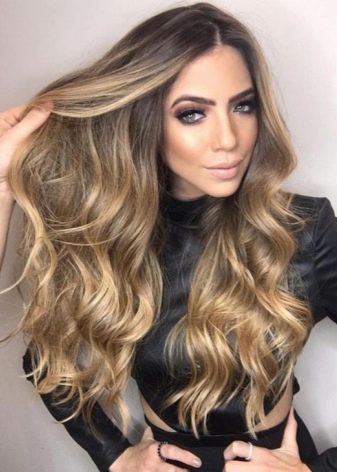
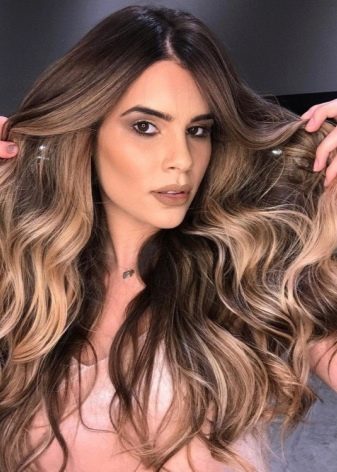
Do not use this method only on very short hairstyles. In this case, the master simply will not be able to achieve the desired effect.
For balayage, the minimum is a square not higher than the middle of the neck.
- Modern staining by the shatush method is, in fact, advanced highlighting... The application of the coloring composition occurs only on individual strands. The balayage technique implies a solid color of the tips.
- Techniques for applying paint on the hair are also different. Shatush is carried out using vertical strokes on individual strands. Balayage involves vertical brush movements.
- Shatush looks most advantageous on dark hair... On light shades, it loses its expressiveness. The second type of dyeing - balayazh, can be used for hair of any color from dark to the lightest blond.

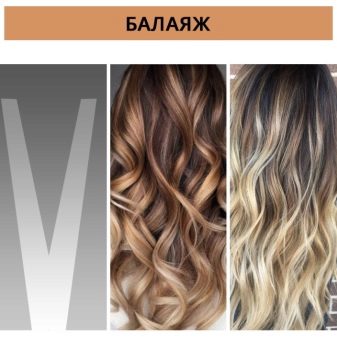
How are they different from other methods?
Bronding involves the creation of a color transition in mainly natural shades. It can be of several types: classic, Californian, glare, zonal... The difference from the shatush is that the strands are colored from the very roots. And this type of coloring differs from balayazh by applying the composition only to separate pre-divided strands.
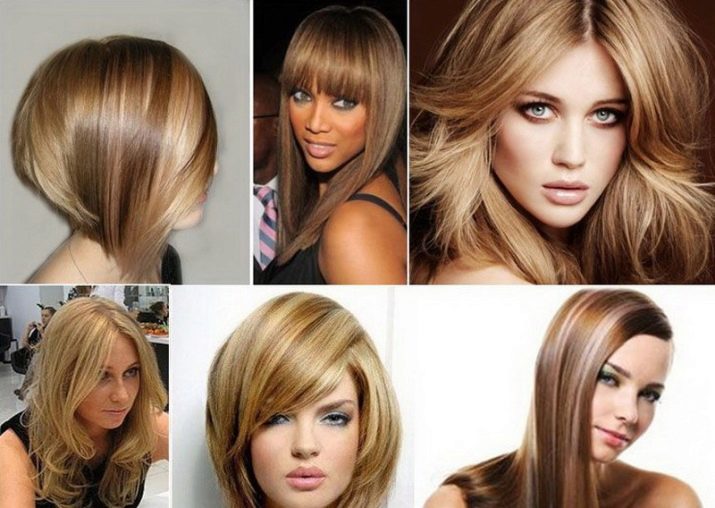
Highlighting is a classic method of partial lightening of hair. Just as with the application of bronde, the curls are colored from the very roots. While the techniques of shatush and balayage do not affect the hair at the base. Each strand has one shade, there is no transition between colors.
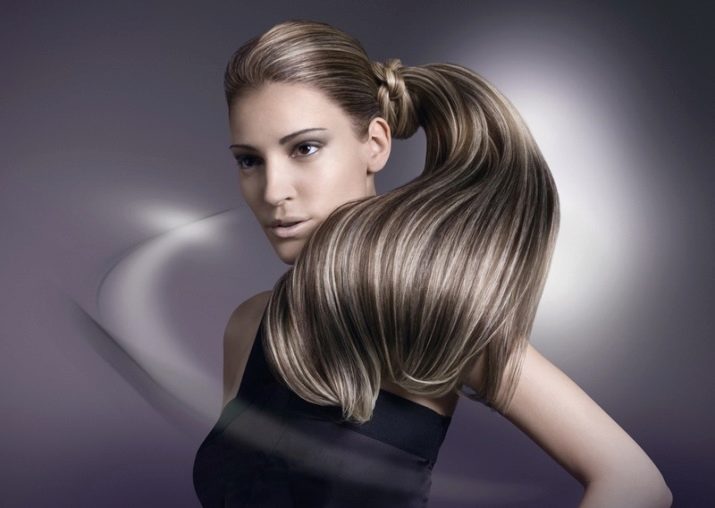
Technique ombre mainly used on dark hair. In this way, the tone smoothly shifts from dark at the very roots to light at the ends of the strands. At the moment, blondes can do the opposite ombre for themselves, that is, gradually darken the hair color, leaving a light tone at the base. Unlike the methods of coloring shatush and balayazh, ombre assumes uniform application of the composition.
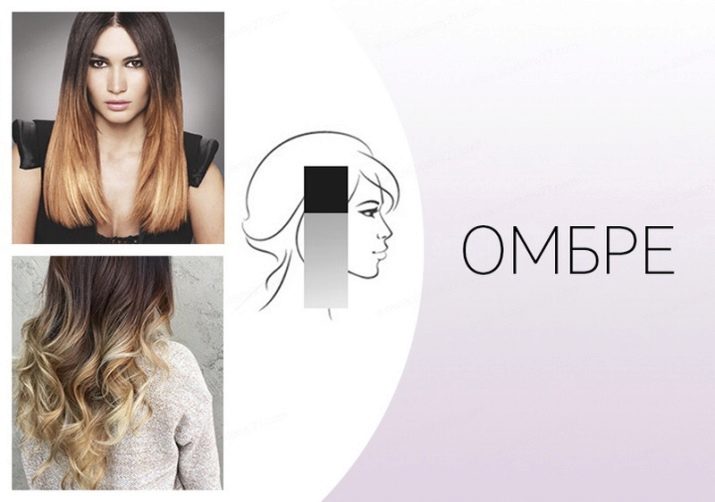
Coloring differs in that the strands do not change shade. Each separated strand is dyed with one color along its entire length. With continuous coloring, all curls are completely repainted in similar shades. The artist can apply up to 12-15 different colors.
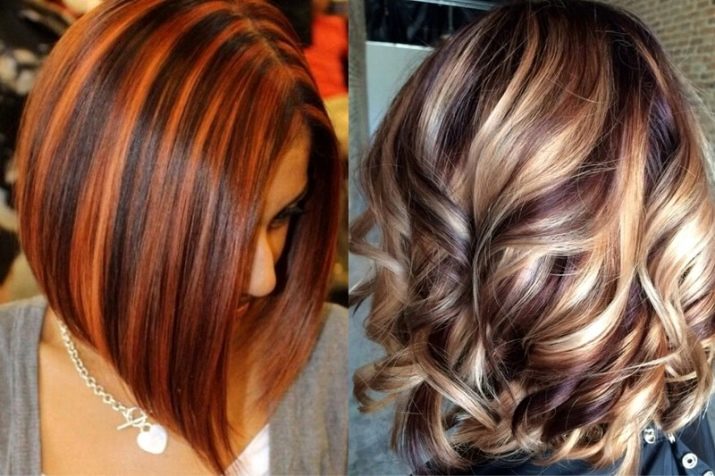
What is the best choice?
Each of the above techniques creates a specific visual effect. Therefore, when choosing, you should be guided by the desired hairstyle and the way you want to create.You should also take into account the condition of the hair, its length and the original shade in order to take into account all the nuances of the final result.
- Both techniques are better do not apply on very short hair... The average length for dyeing should be from the shoulders and below. You can even say that the longer, the more beautiful and spectacular the result will look.
- Both dyeing methods can be applied to light, black, dark, light brown hair. But they still find themselves in a more advantageous position brunettes... If the original shade is blond, the master will resort to darkening the hair at the base.
- Balayazh is more expensive.
- If you want to get shade transition effect along the entire length of the hair, then you need to choose the shatush technique.
- Please be aware that shatush does not need correction, but the second technique will require a visit to the master every 2-3 months.

For the techniques of staining shatush and balayazh, see the next video.








